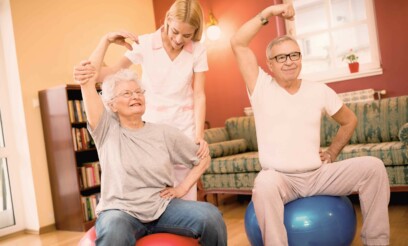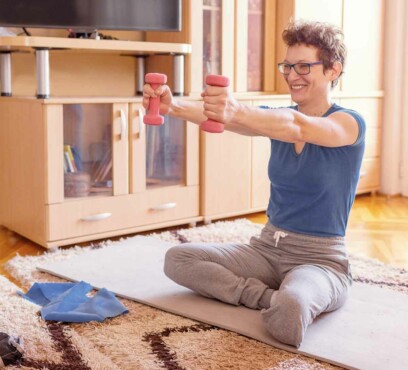Spasticity treatment

A multidisciplinary approach to spasticity treatment
Spasticity treatment should be provided by a multidisciplinary team (specialists with different expertise) employing a shared-care approach. A variety of treatment options are available. Clinical experience has shown that this approach has many benefits. In most cases, a combination of various types of treatment is required to achieve the specific goals of treatment for a particular patient.
A rehabilitation plan must be tailored to individual patient needs. It is likely to involve medical intervention (e.g., botulinum toxin, pain medication), as well as multiple additional therapies, e.g., physical, occupational, and psychological approaches. Together, these therapies enable optimal management of functional problems such as impaired mobility, strength, balance, and endurance, amongst other spasticity-related issues.

The primary aim of treatment is to help patients with spasticity and their caregivers improve their quality of life. Therefore, improvement is a key long-term factor in spasticity management.
The development of realistic and relevant goals for each individual is an essential key to successful treatment. These goals should be defined and followed-up by other collaborating members of the spasticity management team.
A spasticity management team may include the following health care professionals:
- specialist for physical medicine and rehabilitation
- neurologist
- physiotherapist
- occupational therapist
- neurosurgeon
- orthotist (specialist concerned with the design, manufacture, and application of orthoses)
The importance of adapting the treatment to the patients’ symptoms and especially to their needs throughout the course of treatment is crucial. Expectations must be reviewed at regular intervals and redefined if necessary.
Common goals of spasticity treatment
Relief of symptoms
- Pain
- Muscle spasm frequency
- Involuntary movements
Improvement of active functions
- Mobility
- Transfer
- Dexterity
- Self-care
- Eating and/or drinking
- Sexual activity
Avoiding progression of impairment
- Prevention of contractures to maintain the body’s natural structure
- Optimizing posture and seating to improve tissue viability
Decrease carer burden (passive functional improvement)
- Ease of moving, handling and positioning
- Routine day-to-day care
Aesthetic and posture
- Improving aesthetic and postural appearance to improve the body image and the fit of clothes
Enhance impact of conventional rehabilitation intervention
- Optimize effectiveness of therapies, reduce use of systemic medication to treat spasticity


